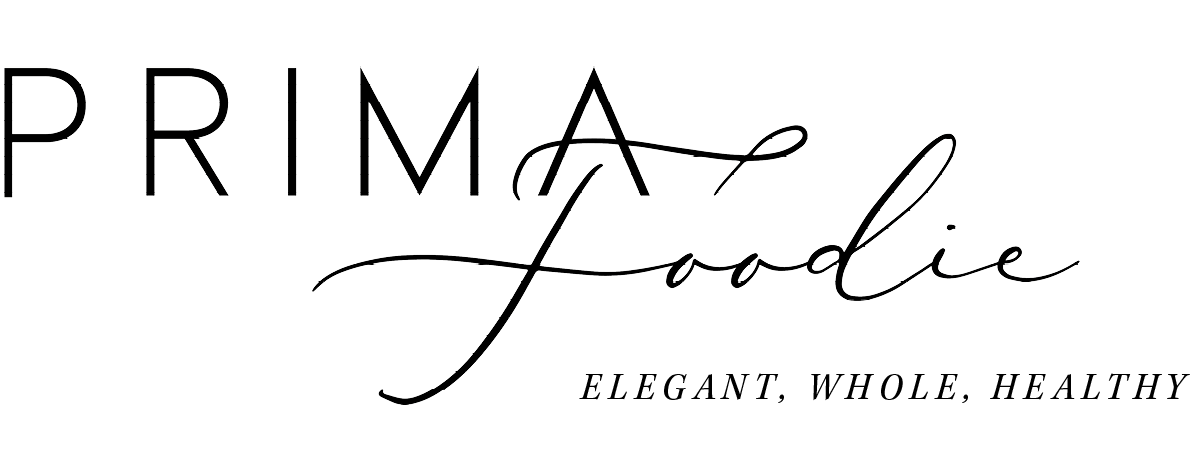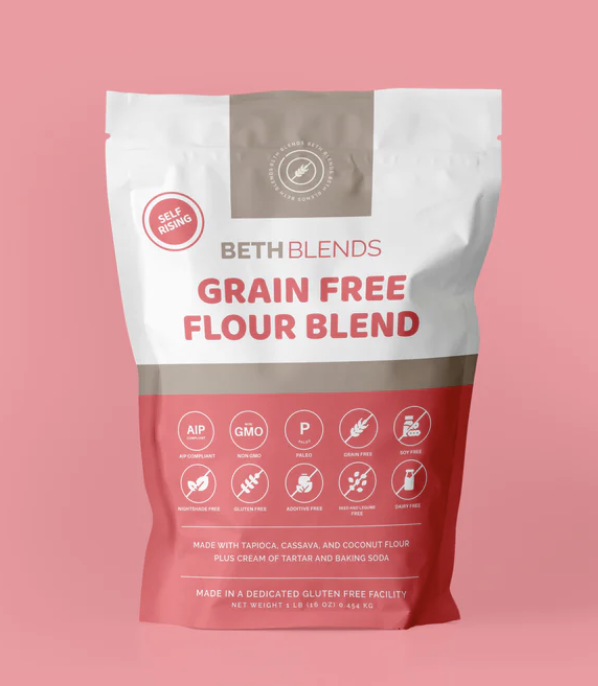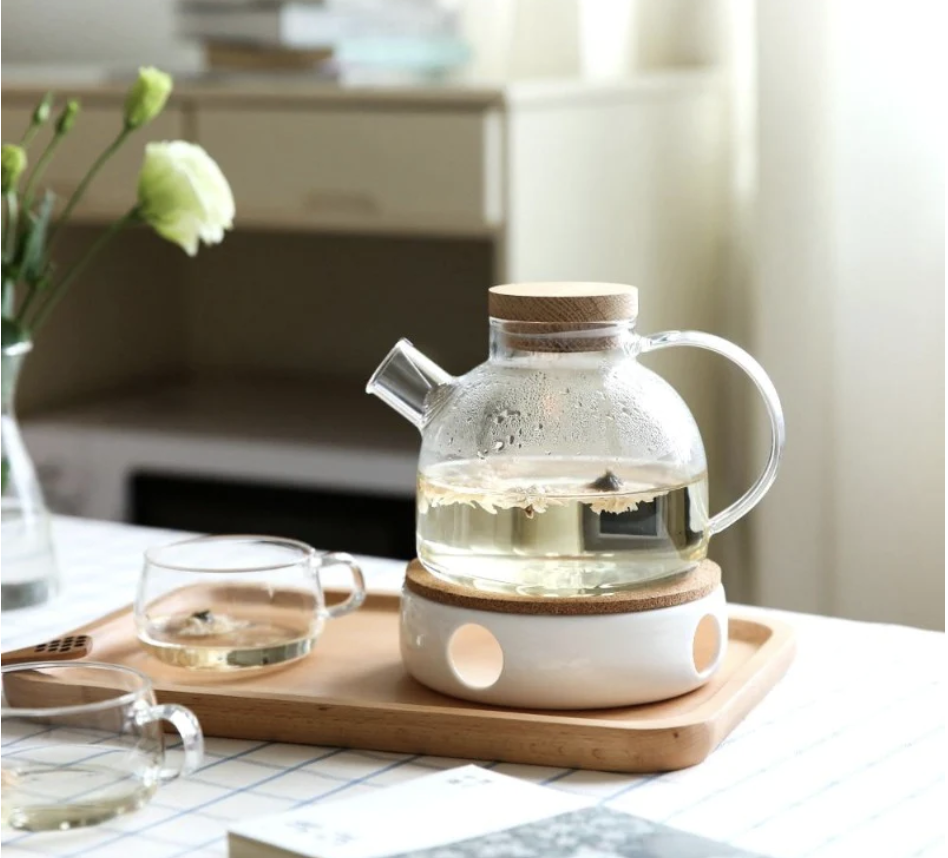A Health Practitioner on One of the Most Critical and Accessible Pieces to Better Health
Joy is an elusive thing. We tend to think of it as ephemeral and fleeting, or something hard to cultivate. But the truth is, we all hold the capacity to experience joy, even during trying times. Even more compelling is that joy can be a key to better health.
This belief underscores the work of Lisa Cipkar. As an integrative health coach, Cipkar works with people dealing with chronic illness—from Lyme Disease to biotoxin illness to cancer recovery. She sees clients in the throes of healing. Often, what they need most isn’t in medication or a supplement. “People will wonder what the secret is,” Cipkar tells us, “I do think the secret is finding that joy.”
We found Cipkar’s approach fascinating and accessible, so we spoke to her to learn more. Cipkar tells us why joy is so critical in giving us the fortitude not only to heal but to lead healthy, vibrant, satisfying lives.
A Conversation with Lisa Cipkar, IHP
You believe that joy is a critical part of one’s healing prescription. Why is this?
It was one of the biggest lessons I learned in my journey with chronic illness. The longer I’ve worked in this space, the more I realize that the people who get better see a reason to get better. It’s like they’ve unlocked something that not everybody seems to be able to arrive at. It’s that hope. It’s about living the life you want to live.
Recently I've been challenging myself as a practitioner to make sure we're covering every possible piece we can when we're trying to support someone through their healing journey. My protocol has started to look different in that I tell clients to go play more. I tell them to go do things to keep their brain busy in a positive way. Through conversations and reflecting on how long I've been working in this space versus being the patient in this space, I’ve found the people who get better are those who set goals, pick up a new hobby, discover something that they completely fall in love with—and all that is what keeps their brain busy. So they start feeling better and that creates momentum. It’s really about that joy and that purpose.
For someone who doesn’t know where to begin to start cultivating more joy, what's your advice for where to start?
The number one thing I ask is: What did life look like before you got sick or before you started on this healing journey? What did life look like? What were their goals? Sometimes just moving towards those general memories can help them kind of wake up and think, I used to love to write or travel or cook and I've kind of lost that over time.
Of course, there will be some people who can't ever remember feeling well, and that will take extra support. But for many, it’s about sparking that memory of what used to give them joy. Sometimes that little nudge is just all that they need.
So much of your work focuses on people dealing with chronic illness, but you also work with people who are looking to simply get healthier overall. How does joy help someone who is seeking better general health?
Our life, even when we’re not facing chronic illness, is often about suppressing, suppressing, suppressing. We’re just trying to get through the day. We're either trying to survive or trying to achieve. And often, we’re taking care of everybody else, or our to-do list, or our obligations before we're taking care of ourselves. It’s so rare for people to take their full weekends anymore to rest, relax, and recoup. So no matter what, playing and having fun should have an equal amount of time on our schedule as working towards our health goals, building our future, and all those things.
Considering that you take a holistic approach to your work, meaning you consider emotional, mental, and nutritional care in tandem with physical care. In terms of how our society approaches wellness, overall, what is one key thing we’re missing or depriving ourselves of?
I like this question. I would say the number one thing for women is that we are not eating enough. We’re in starvation mode. We take care of everybody else and it might be lunchtime or dinner time before we realize we haven't eaten all day. About 95 percent of people that come into the clinic are not eating enough at all. And it’s no wonder they can't get over their symptoms or get healthy. We need those nutrients. We live in a culture where properly nourishing our bodies is very misinformed. It isn’t common knowledge how we should be eating to support ourselves, especially if we're talking about prevention.
The number two thing is that we need to look at food as medicine. We still often eat to satisfy and that's it. There is so much within the nutrition world that could change the game for us, especially in North America. There’s a reason why there are other parts of the world that are doing a whole lot better statistically with their healthcare systems and the status of chronic symptoms and diseases.
So we need to see our food as medicine, which is right in front of us. But it’s also not right in front of us for many, with food deserts, which is a whole other issue we need to change. But with that said, we need proper nourishment, proper sleep, and to see food as medicine.
Lisa Cipkar is an integrative health practitioner (IHP) and founder of Abundant Life and Wellness. She currently holds nine certifications and countless extra credentials on brain health, blood chemistry, healing from chronic illnesses like Lyme disease, and more. Learn more at lisacipkar.com.


























